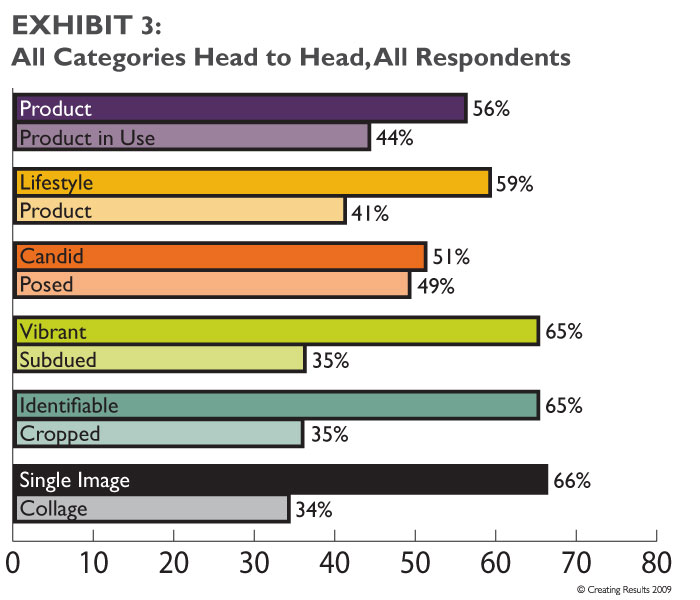Last month, Erin Read and I spoke at LeadingAge Massachusetts and Pennsylvania conferences on why organizations should be using video in their integrated marketing strategy.
But, what if you’re not ready for video?
According to Dr. James McQuivey of Forrester Research, the value of a one-minute video is 1.8 million words. However, as the old adage goes, a picture is worth a thousand words, which means photography can be very powerful.
MediaPost reports there are 2.6 billion images shared daily across all visual channels, which has changed consumer shopping behaviors drastically.
The biggest challenges marketers face in today’s visual world are:
- Developing new, creative content
- Choosing imagery that resonates
- Measuring the ROI
Marketing images can go wrong and turn prospects off. We’re here to share the good and the bad.
The Wrong Way…
Before I share some good examples of photography and what you should do when using imagery in your marketing to older adults, I want to first go down the wrong path.
Creating Results’ Photo Finish research discovered that photography resonates differently with different mature age groups, but there were commonalities in the following areas.
- Do Not Use Filters – Older adults prefer vibrant images vs. subdued, over processed. This makes them seem more true-to-life.
- Say No to Collages – The strongest finding of the survey came to using a single image rather than trying to group images together. Collages are harder for older eyes and brains to distinguish. If you’re going to use images together, make sure there is a distinct dividing line.
- The Big Picture – Make sure what is in the picture is truly identifiable. Beware of cropping in too closely.
- Show Me Life – While product certainly has its place in marketing real estate to older adults, there is definitely a preference toward people and activity.
(Caveat: For this particular set of research, we did only test images in ads and direct mail, not TV, websites or displays, etc. Still, the insights gathered hold true to this day.)
As you also can see from the graph above, there is a near split between whether the photos should be candid or posed.
While that might not make a huge difference, the true difference is whether or not it’s real or stock. In most recent years, many of Creating Results’ clients are steering clear of stock photography in favor of shots of their own residents.
WHY? For two main reasons:
- Clients and their boomer / senior prospects feel stock photography is overused. And it is. How many times have we seen this photo?

2. Authenticity. People are much savvier these days and can tell when a photo is not a true depiction of your residents.
Now that’s not to say you have to use pictures of real residents all of the time, because that’s not realistic.
But stock photography should definitely be used sparingly if you want to attract the new generation of matures entering the market.
Just one last note on the image above – do not steer away from diversity.
Even though you may market to a primarily Caucasian demographic, you cannot avoid depicting a range of races in your marketing. Especially if you’re marketing real estate.
Each state has their own guidelines as to what percentage of your marketing has to include African Americans, Asian, etc. Be sure you are following those fair housing guidelines or you may be at risk of facing penalties.
There’s More Than One Way…
It seems best to show you some good examples of marketing with photography, rather than saying it in words. Here are a couple of mini Creating Results case studies from successful photo-heavy campaigns, plus another that we just really like.
NORTH HILL PORTRAIT PROJECT:
STRATEGY: Utilize photography, both posed and candid to highlight the vibrant people that make up this 65+ community
SOLUTION: Images were not only placed around the community, but also online, used in marketing materials and within email campaigns.
RESULTS: When the images and stories of the residents and team members were used across a variety of channels, engagement was much higher and leads increased by at least 25% compared to previous months.
TRADITIONS OF AMERICA WELCOME CENTERS:
STRATEGY: Create an environment with visually compelling spaces to inspire conversion between Traditions of America’s New Home Counselors and prospective 55+ homebuyers.
SOLUTION: The Welcome Center was built to create an inviting space that balances both the lifestyle and the product and bring forth the “Live Better” culture.
Although we mentioned above that collages are a no-no with older adults, please remember that the Photo Finish research was focused on print and direct mail. When you use a collage in a large piece – like a wall – it’s a different experience.
RESULTS: The goal for a fresh approach not only helped Traditions of America become one of the nations’ leading 55+ developer, but they have received numerous Awards; particularly the “Best of 50+ Housing” by NAHB.

THE BE GROUP – California Senior Living
The Creating Results team is a big fan of The Be Group. They are innovative and truly understand the age we live in today.
Their marketing shows they also truly understand that it’s a visual world.
Their website is full of bright, vibrant imagery starting with the home page.

If you follow The Be Group on Facebook, you’re sure to be captivated by their many posts – all leading with photography.
According to HubSpot, Facebook content with relevant images gets 94% more views than content without. It is the #1 way people interact on this very popular social platform.
It’s Time for Your Close Up (but not too close)
Now that you’ve seen what has worked for organizations that market to seniors and Boomers (as well as what hasn’t), we want to hear from you.
Comment below with an answer to one (or more) of the following:
- What ways are you integrating photography into your integrated marketing strategy?
- What seems to be the preferences amongst your audience: lifestyle vs. product?
- If you’re not using more photography, why not? (And how can Creating Results help you do so?)






